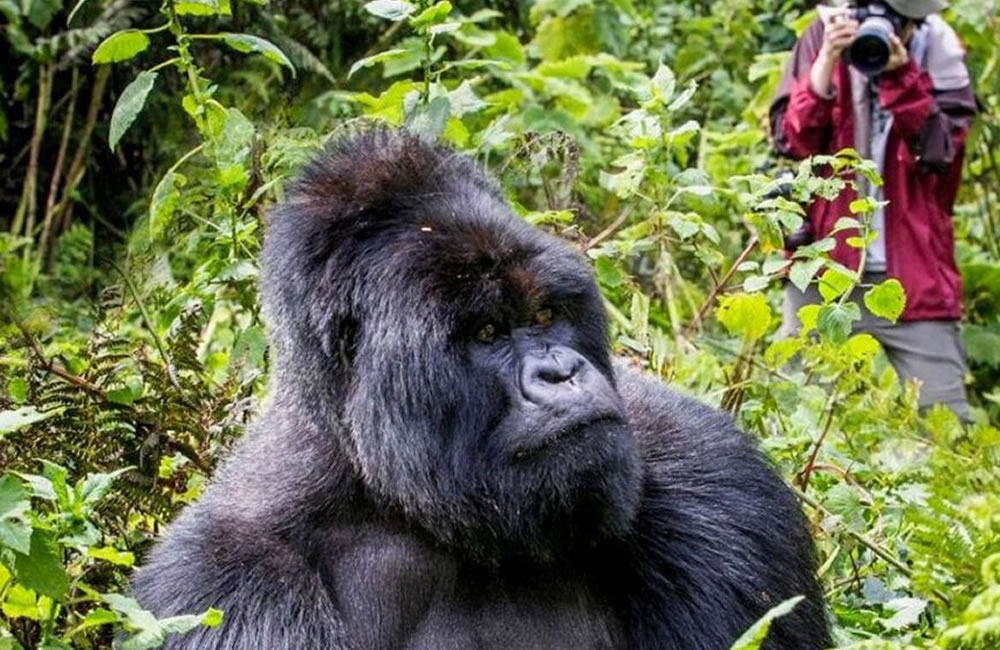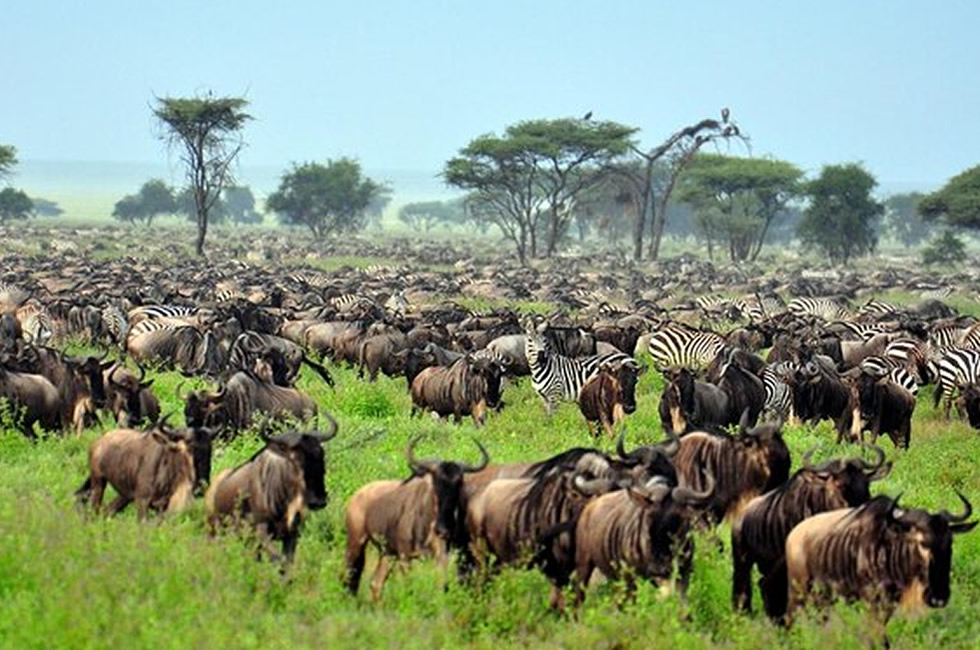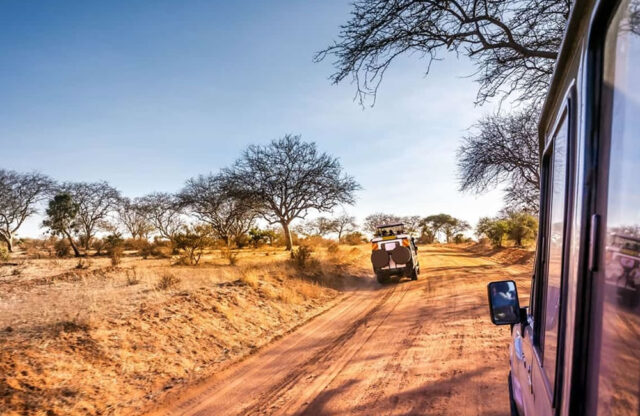Guide to Renting a Car in Kenya
The process of renting a car in Kenya is sometimes expensive, time-consuming and full of hidden fees and surprising requirements. Shopping for the best price and ensuring you understand the rules and regulations before and after you use the car will help.
Below is how a client can rent a car in Kenya
- Make a Reservation
Many major rental car agencies gladly accept walk-up customers, but companies sometimes rent out their entire inventory and are left unable to service new customers. To ensure that a vehicle is available to rent, place a reservation for the rental using the company’s website as far ahead of time as possible. As an added bonus, customers with reservations are usually charged a lower rate than walk-up customers.
Compare prices online
Compare their rates for their most basic economy-size cars. Find the best deal for your location and the period of time in which you’ll need a rental.
Before you decide on an agency, look into and/or ask about their additional fees. These fees can change what agency provides the best deal all things considered. Some common fees include:
- Underage-driver fees: Additional charge for a driver under 25.
- Airport surcharges: Additional charge for picking up a rental at the airport.
- Mileage fees: Additional charges for going over a certain miles per day cap.
- Additional driver fees: Additional charges for having more than one person drive the rental.
Consider the size you will need. You can rent a car in any size, from compact to SUV.
Keep in mind that the definitions of terms like “compact” and “luxury-sized” can vary. Most agency websites will include examples of models or how many passengers can fit in each car size.
Add features that you will need with your rental car. These might include a GPS system or car seats for the kids. These additions can be factored in while you’re going through the online rental process. Different car models will have different options, so keep that in mind as you choose a car size and model.
- Present Payment and License to Rental Agency
Upon arriving at the car rental location, the agent behind the desk will verify the reservation and request two items: a valid driver’s license and a major credit card. The driver’s license is used to validate the renter’s identification, license status, age, and address (in case the car is not returned), and the credit card is generally charged a “hold” in the amount of the rental (rental companies use this hold to ensure they will be paid when the car is returned).
- Review the Rental Agreement
Rental agreements vary from company to company, and should be carefully reviewed before taking the keys to the rental car. Verify how many miles are allowed per day many, but not all, companies offer unlimited mileage allowance and other nuances, such as when the car must be returned, any grace periods, and additional fees that may be incurred.
- Review the Damage Insurance
A part of the contract that requires special attention is the loss and damage insurance. Most companies offer special insurance at the time of rental that pays for repair of any damage, though this coverage often comes at a hefty charge. In many cases, the credit card used to reserve and rent the vehicle offers similar coverages as a free benefit. Before accepting or declining the car rental agency’s insurance, be certain to become familiar with the free benefits offered by the credit card cardholder agreement. You should also check with your own car insurance company, as many policies afford you the same protection on a rental car as you have on your own car.
- Accept the Keys
With the contract signed, the car rental agent will offer keys to the rental car. Many companies simply assign a vehicle at random based on the class of car reserved, though some companies allow their customers to select a car from a designated portion of the lot. Before you drive off the lot, quickly review the car, both inside and out. If the gas tank isn’t full, if you see somebody damage, if something isn’t working properly, be sure to inform the rental agent. Otherwise, you might be held responsible for those problems once you return the car. If everything’s in order, off you go.
- Check the car carefully before you leave the car lot
You want to make sure any scratches, dents or problems are documented so you are not held liable for these when you return the car. Be thorough here. You want to look for problems both big and small. Make sure the windows work properly. Make sure there’s no loose part, dysfunctional lights, leaks, or anything that could be considered damage. If there is, record and take a picture or video of it.
- Check the policy before crossing state or national boundaries.
Be sure to tell the rental company if you’re crossing a country border in the rental. You’ll need special insurances that can be purchased. Depending on the agency, there may be additional fees for crossing state lines as well.
- Returning time
Fill the car with gas
Some rental car contracts give you the option of returning the car without a full tank of gas, but you will be charged extra. Try to find a gas station a few miles from the drop off location. But be aware that the gas stations that are closest to the rental location will likely have the highest prices.
Clean out the inside of the car
Do not leave any trash behind for the agency to clean out, or you will be charged. Make sure you check both the front and back seats thoroughly and remove all of your possessions before you leave the car. Check under all the seats for any items that might have rolled under there.
Bring the car back to the rental agency at the agreed upon date and time. Do not be late; some agencies will charge you for another full day if you bring the car back even 30 minutes later than you said you would. Check with the agency beforehand to find out their exact policy on late returns.
Also be aware that some agencies will even charge a fee for returning the car too early. Once again, it’s best to ask for their policy regarding this sometime before the time comes to return the car.
Hand over the keys and wait for your receipt. If you want to pay with a different card or with cash, make sure they take the charge off the card you initially used.
Conclusion
Renting a car in Kenya for a driver guided safari or self-drive offers the most ideal solution to all visitors’ travel plans. However, the process to secure a rental in Kenya can get a bit complicated especially when it comes to finding the right car hire service provider for a particular car. Contact www.kenyacarrental.com for better car rental services in Kenya.







